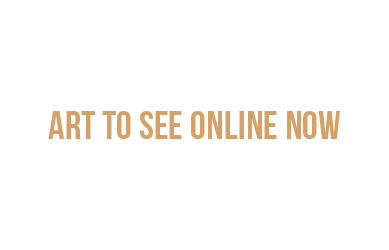by Gabriela Acha // Mar. 14, 2025
Ludwig Wittgenstein used the rabbit-duck illusion to observe the interdependent relationship between perception (what is seen immediately) and interpretation (what is seen when one is aware of the context). In his satire ‘Lionizing,’ Edgar Allan Poe illustrates the shifting social perception of a famous “nosologist” (a fictional field), from admiration to contempt. Noses have often been treated in literature as metaphors for identity, vanity or the absurdity of human existence, and have also been the subject of anthropological studies framed by racist scientific standards that indirectly inspired the discriminatory policies of the Third Reich. What for some was merely an anatomical feature (perception) was for others a racial trait (interpretation). After fleeing from Nazi persecution, Ian Waelder’s grandfather Friedrich embarked on a journey to Chile that transformed him into Federico Waelder, a new persona within the same man. The artist’s family often remembers him and jokes about the fact that his characteristic nose lives on through his descendants.
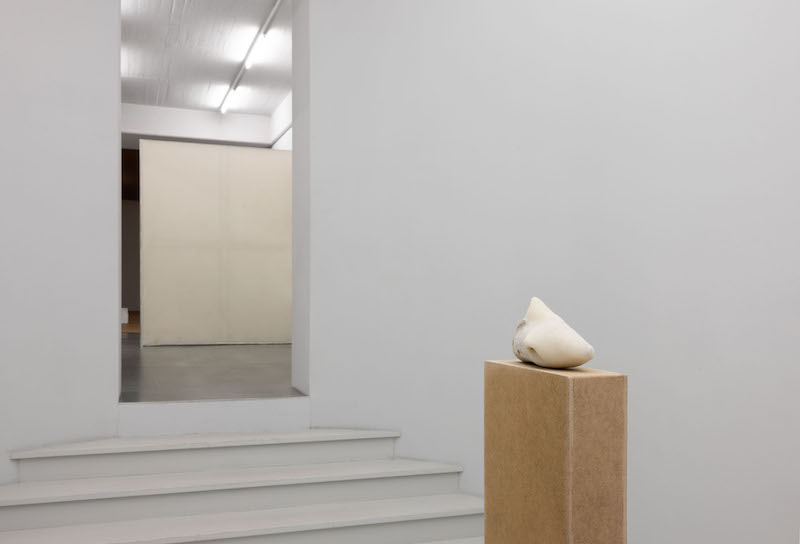
Ian Waelder: ‘cadence,’ 2025, exhibition view at carlier | gebauer // Photo by Andrea Rossetti
An air-dried porcelain nose is the first and only element encountered in the middle of carlier | gebauer’s lobby for Waelder’s current exhibition, ‘cadence.’ Resting on a thin wooden plinth, the feature acts as a gatekeeper to the installation that follows in the next room (‘Sneaker,’ 2025). As in Francisco Quevedo’s 16th-century satire ‘There was a man stuck to a nose,’ the proboscis has enough charisma on its own, but closer inspection betrays that immediate perception, as the object begins to resemble a shoe and the title begins to make sense, all while anticipating that everything we see through the exhibition isn’t what it seems at first glance. The rabbit-duck game in Waelder’s chimeras is reminiscent of the multiple natures that can emanate from the same source.
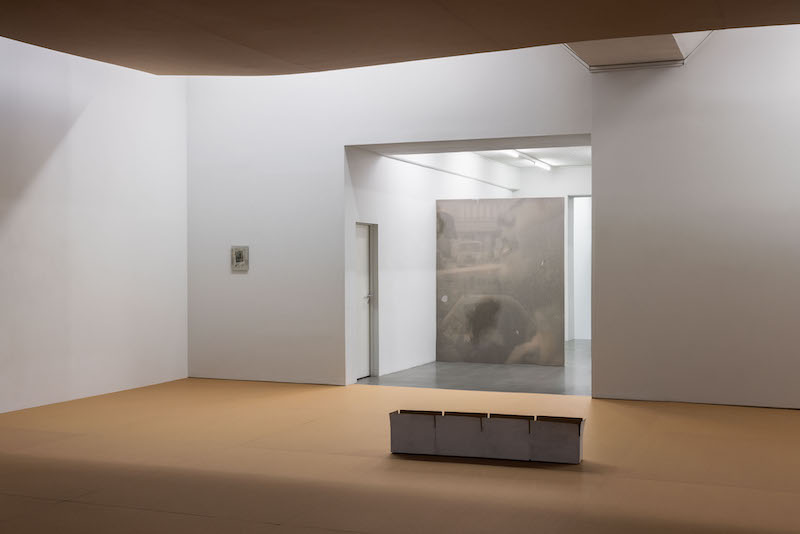
Ian Waelder: ‘cadence,’ 2025, exhibition view at carlier | gebauer // Photo by Andrea Rossetti
The main room’s floor is covered with honeycomb cardboard sheets, as is a lower version of the ceiling, which blocks the original lighting. A timid tube hangs from the fake ceiling, transforming the alienating white cube into a dismal open space in which a series of discrete wall-works are scattered around. The cardboard’s unifying effect recalls a minimalist version of Aby Warburg’s ‘Atlas’—as curator Chus Martinez has suggested—in the interplay between present and past. Like a forensic reconstruction, Waelder’s atlas includes another nose (‘Torsion,’ 2025), a newspaper clipping (‘Couple,’ 2025), a dry-cleaned shirt (‘To Wait,’ 2025) and a sink (‘From hip to fingertip (Opel upside down),’ 2022). In his attempt to portray the different realities, through these objects, of a man whom he never met, Waelder makes us participants on the journey as he goes through it himself.
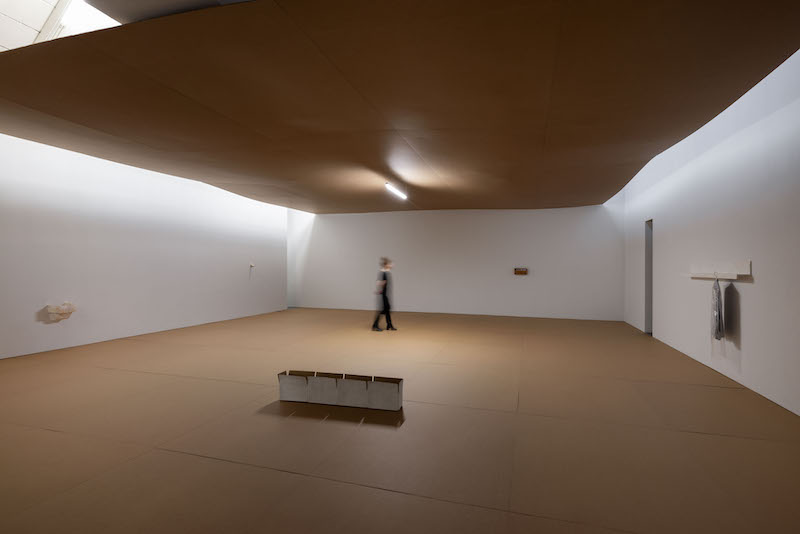
Ian Waelder: ‘cadence,’ 2025, exhibition view at carlier | gebauer // Photo by Andrea Rossetti
‘Torsion’ is another shoe-nose combo emanating from the wall, on opposite side from ‘To Wait’; a plywood shelf from which one linen shirt is hanging, while a nose playfully resurfaces from the shirt’s neck. Besides the noses, the newspaper pages are the most recurrent objects in Waelder’s arrangements. On another wall, ‘Couple’ hangs: one Die Zeit page covered with bread, jam, oats, raisin and oil, compressed behind glass. The artist welcomes the accidental in his work and preserves it, as in the food crumbs that appear as materials on the work list or a water leak from the ceiling, whose damaging effect on the floor is now part of the show’s documentation. In acknowledging accidents, Waelder acknowledges the vagaries of history, which also shaped Friedrich/Federico biography.
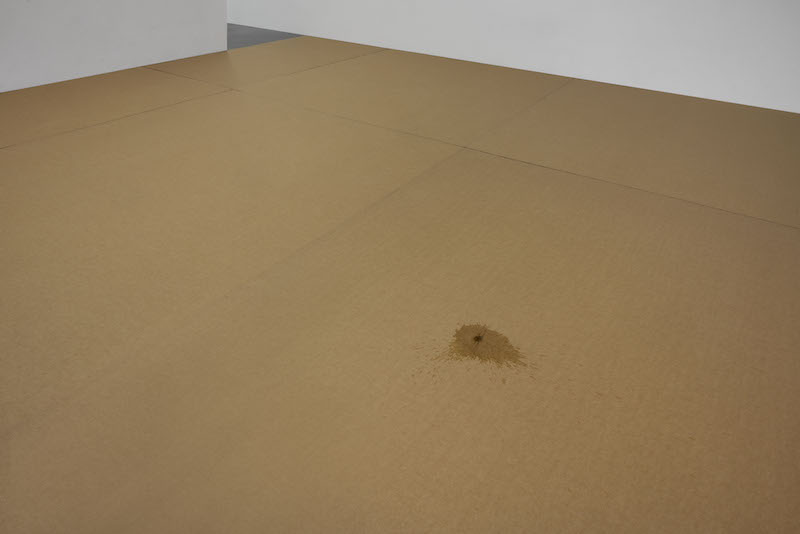
Ian Waelder: ‘cadence,’ 2025, exhibition view at carlier | gebauer // Photo by Andrea Rossetti
In the center of the room is a row of four open cardboard boxes (‘Novelette,’ 2025) covered by a rectangular transparent glass panel. They contain objects and prints, for instance a cast of a car, reminiscent of the 1939 Opel Olympia, which became both a Nazi emblem and a bailout for Friedrich, who sold his car to flee. Another reference to the car is hinted at in the wall piece ‘From hip to fingertip (Opel upside down),’ which resembles a sink but is actually an inverted resin mould of a sculpture. Two realities (at least) coexist in this one image that appears again and again in Waelder’s exhibitions.

Ian Waelder: ‘cadence,’ 2025, exhibition view at carlier | gebauer // Photo by Andrea Rossetti
The limited traces left by Federico serve to compose a story whose spirit oscillates between humour and melancholy. The recurrence of elements in the otherwise constant arrangements recalls musical phrases and underlines the conceptual parallels between music and history. Walder’s compositions speak of music and are music, and pay homage to Federico, who was a musician. In them, past and present appear as illusory entities that convey and are several things at once, like chimeras. Originally meaning falling notes, “cadence” also means completion, and usually signals the full or partial resolution of a musical phrase. As for what kind of closure is arrived at in ‘cadence,’ perhaps it will be clarified in the next phrase.
Exhibition Info
carlier | gebauer
Ian Waelder: ‘cadence’
Exhibition: Mar. 1-Apr. 17, 2025
carliergebauer.com
Markgrafenstraße 67, 10969 Berlin, click here for map









